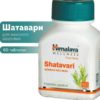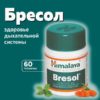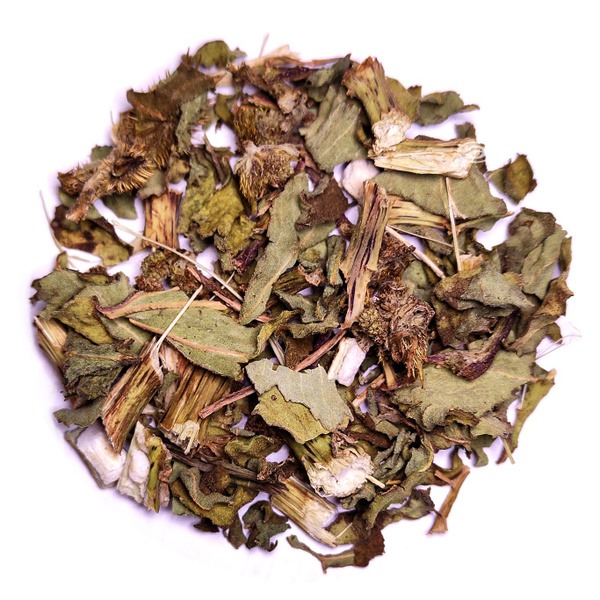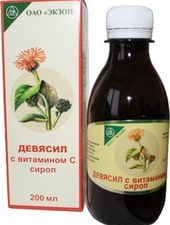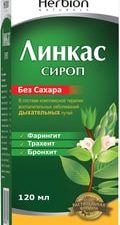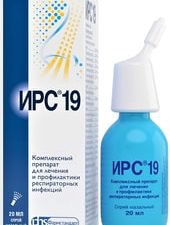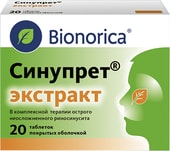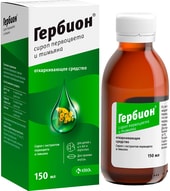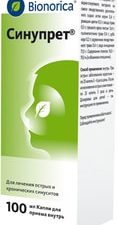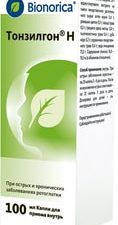Title: Cocklebur Herb: Traditional Uses and Medicinal Properties
Description: Cocklebur (Xanthium strumarium L.) is a potent herb with a rich history of traditional medicinal applications. This annual plant, characterized by its coarse, hairy stem and distinctive burrs, boasts a chemical composition including iodine, alkaloids, and Vitamin C. While traditionally used for a wide range of ailments from skin conditions to respiratory issues, its use requires caution due to its toxic properties. Discover the potential benefits and traditional applications of cocklebur, and learn about its important uses in folk medicine.
Cocklebur (Xanthium strumarium L.): A Comprehensive Guide
Cocklebur, a robust annual plant reaching heights of 30-120 cm, is easily recognized by its gray-green, hairy stem and distinctive burr-like fruits. Its leaves are rounded with sharp, toothed lobes and a heart-shaped base, green on top and lighter green underneath. The plant’s medicinal properties are derived from its leaves, stems, fruits, and roots.
Chemical Composition and Properties:
While the complete chemical composition remains understudied, Cocklebur is known to contain a notable amount of iodine in its leaves, alongside alkaloids and approximately 31.8 mg% of Vitamin C. Its seeds contain fatty oils, resins, the glucoside xanthostrumarin, and iodine. Important Note: Cocklebur is a toxic plant and should be used with extreme caution.
Traditional Medicinal Uses:
Cocklebur has a long history of use in traditional medicine, exhibiting a variety of purported therapeutic actions including: antiseptic, anti-inflammatory, fungicidal, diaphoretic (induces sweating), analgesic (pain-relieving), antipyretic (fever-reducing), antispasmodic, and sedative effects.
- Thyroid Support: Due to its iodine content, it has been traditionally used to address goiter (enlarged thyroid).
- Gastrointestinal Issues: Decoctions of the fruits, roots, and whole plant have been employed to treat diarrhea and dysentery.
- Respiratory and Skin Ailments: The fresh juice has been applied topically to treat throat spasms, angina, bronchial asthma, hemorrhoids, goiter, atonic dermatitis, throat abscesses, ringworm, and even malignant tumors. Aqueous solutions have been used to wash skin affected by rashes and fungal infections, though this may cause a burning sensation, particularly with fungal infections. An ointment prepared from the roots, fruits, and seeds is traditionally used for eczema and itchy dermatoses.
- Rheumatism and Colds: Cocklebur is used as an antipyretic, diaphoretic, and sedative to address rheumatism and the effects of hypothermia.
- Other Applications: Ointments made from the fruits and seeds are applied to eczema, itchy rashes, scabies, and insect bites. The fruits and leaves are also traditionally used in the treatment of paralysis. An extract obtained from the leaves is used to treat leprosy. A decoction of the seeds and roots is used for bladder ailments, and an infusion of the whole plant is used as a tea in the treatment of cancer.
Important Safety Precautions:
Internal use of Cocklebur requires extreme caution due to its toxic nature and should only be undertaken under the strict supervision of a qualified healthcare professional.
Preparation and Dosage:
A typical preparation involves steeping one tablespoon of dried herb in one cup of boiling water for 10 minutes, followed by a one-hour steeping period and straining. The recommended dosage is one to two tablespoons, four to five times a day, for conditions such as diarrhea, goiter, rheumatism, and skin diseases.
Disclaimer:
This information is for educational purposes only and should not be considered medical advice. Always consult with a qualified healthcare professional before using cocklebur or any other herbal remedy, especially if you are pregnant, breastfeeding, have pre-existing health conditions, or are taking other medications. Self-treating can be dangerous.
 Free worldwide shipping on orders $99+
Free worldwide shipping on orders $99+  US: temporary delays — postal services aligning new import rules,
US: temporary delays — postal services aligning new import rules,  EU: 1–2 weeks,
EU: 1–2 weeks,  Worldwide: 1–4 weeks
Worldwide: 1–4 weeks 

